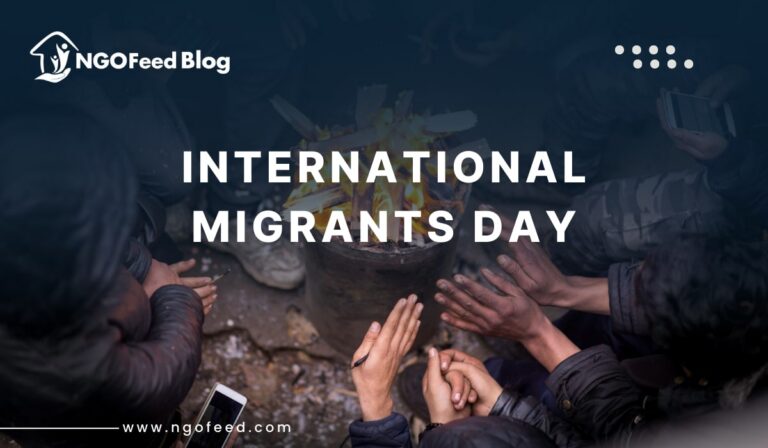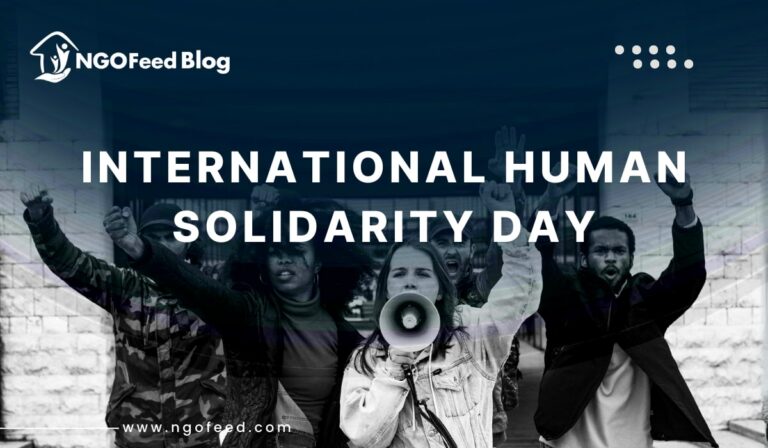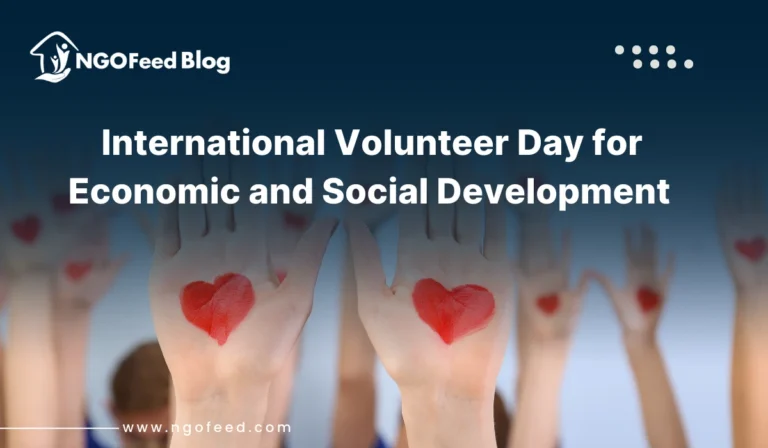Celebrated yearly on 23 August, the International Day for the Remembrance of the Slave Trade and Its Abolition is a serious opportunity to consider one of the darkest eras in human history—the transatlantic slave trade. It pays tribute to the memory of millions of men, women, and children brutally wrenched from their houses, subjected to inhumane conditions, and forced into lifelong servitude. Beyond memory, the day calls for coordinated action against all contemporary forms of slavery, racism, and discrimination to help prevent the horrors of the past from ever recurring.
Table of Contents
International Day for the Remembrance of the Slave Trade and Its Abolition – Origin and History
Established in 1998 to mark the events of the night of 22–23 August 1791, when an insurrection in Saint-Domingue (now Haiti) was instrumental in the abolition of the transatlantic slave trade, this observance honors the United Nations Educational, Scientific and Cultural Organization (UNESCO). This uprising not only resulted in Haiti’s independence but also came to represent resistance against oppression and colonial exploitation.
The date reminds us that freedom came from tireless struggle, solidarity, and resiliency, motivating next generations to fight against all kinds of inequity.
Significance of the Day
- Respecting the Victims: Acknowledging the great pain suffered by slaves.
- Honouring individuals who fought for freedom and dignity: Recognizing opposition.
- Encouraging instruction about the slave trade and its legacies helps to create cross-cultural understanding and advancement.
- Highlighting links between past slavery and current racial disparities will help to solve racism today.
Global Observance and Commemorations
Governments, NGOs, educational institutions, and cultural groups commemorate the day globally using:
- Panel discussions, lectures, and conferences on the history and effects of slavery.
- Celebrating resilience and cultural heritage, artistic events include music, dance, drama, and poetry.
- Exhibitions in museums featuring oral histories, artefacts, and historical papers from slavery era.
- School initiatives combining human rights education with history.
- Public memorial celebrations at historic sites associated with the slave trade.
Relevance Today
Although legal slavery has been outlawed, its effects still shape social, political, and economic reality—especially in the guise of:
- Systemic inequality and structural racism.
- Economic imbalances derived from colonial exploitation.
- contemporary slavery—that is, human trafficking, forced labor, and child abuse.
- The day is thus also about fighting present world inequities with renewed resolve in addition to looking back.
Role of NGOs and Education
Still one of the most effective means for breaking cycles of prejudice and inequality is education. NGOs have a vital part in:
- Developing awareness campaigns to emphasize historical facts.
- Helping anti-racism campaigns and human rights advocacy.
- Savoring oral histories and cultural memory for next generations.
- Collaborating with colleges and universities to implement inclusive curricula.
International Day for the Remembrance of the Slave Trade and Its Abolition 2025 Theme
UNESCO chooses a theme every year that centers on elements of memory, resistance, and continuing battle for justice. Themes frequently inspire creative works, research projects, and discussions meant to link historical memory with modern justice movements.
Modern Parallels to the Slave Trade
Though officially outlawed over a century ago, the transatlantic slave trade still casts a shadow over current society. The exploitation and dehumanization formerly defining the forced migration and enslavement of millions have found fresh, horrifying manifestations in modern forms of human rights abuses. Comprehending these contemporary parallels is essential for a complete appreciation of the continued importance of the International Day for the Remembrance of the Slave Trade and its Abolition.
Human trafficking and forced labor
Millions of people—men, women, and children—are today caught in human trafficking networks, modern manifestations of slavery involving coercion, deceit, and exploitation for labor, sexual exploitation, or other ends. Like those of the past, these victims lose their liberty, endure terrible circumstances, and are refused their fundamental rights. The existence and growth of such networks have been driven by globalization, economic inequality, and lax legal safeguards.
Exploitation and debt servitude
Debt bondage, in which people pledge their labor against debts they can never really pay, reflects the economic exploitation intrinsic in the slave trade. Often aimed at underprivileged groups, this mechanism traps people and their families in cycles of poverty and servitude that may span generations.
Child Maltreatment
Millions of children are pressed into work, recruiting as child soldiers, or sexual servitude—echoing the past victimization of children during the slave trade period. These breaches steal children their education, childhood, and future prospects.
Racism and Systemic Injustice
The legacy of slavery still shows itself in structural racism and systematic disparities all around. Descendants of enslaved peoples are disproportionately impacted by discriminatory policies, social rejection, and financial disadvantages, therefore perpetuating cycles of marginalization. These wrongs are not only historical vestiges; they are continuing facts needing constant awareness and action.
Displacement and forced migration
Millions of people were brutally removed during the slave trade, therefore current forced migration—whether caused by conflict, environmental catastrophes, or economic needs—leaves vulnerable groups open to abuse and exploitation. Traffickers and exploiters could find easy victims in migrants and refugees.
Fighting Modern Slavery: The Worldwide Reaction
International organizations, governments, NGOs, and civil society are trying to solve these continuous problems by means of:
- Improve regulations and enforcement systems for human trafficking and exploitation.
- Extend legal aid, rehabilitation, and reintegration among victim support services.
- Raise public awareness through education and advocacy campaigns.
- Promote economic and social inclusion of vulnerable communities.
- Foster international cooperation to dismantle trafficking networks.
Conclusion: Linking Past and Present
The International Day for the Remembrance of the Slave Trade and Its Abolition is a call to remember, honor, and learn. It reminds us that the fight for freedom and dignity is ongoing, requiring vigilance against racism, exploitation, and dehumanization. Commemorating this day is not just about historical reflection—it is about building a world where equality, justice, and human rights are upheld for all.
By confronting the painful truths of the past and acknowledging their enduring impact, humanity can move towards reconciliation, healing, and a shared commitment to safeguarding human dignity. Recognizing modern parallels to the slave trade is essential for transforming remembrance into action. The International Day for the Remembrance of the Slave Trade and Its Abolition thus serves a dual purpose: to honor the memory of those who suffered in the past and to galvanize global efforts against the contemporary forms of slavery and injustice that persist today.
By confronting these enduring violations of human dignity, the world can work towards a future where freedom, equality, and human rights are truly universal and unassailable.
Frequently Asked Questions (FAQs)
Why is 23 August significant in the history of the slave trade?
It marks the anniversary of the 1791 uprising in Saint-Domingue, which significantly contributed to the abolition of the transatlantic slave trade.
Who established the International Day for the Remembrance of the Slave Trade and Its Abolition?
The day was established by UNESCO in 1998.
Is slavery still present today?
While traditional slavery is outlawed, modern slavery exists in forms such as human trafficking, forced labor, debt bondage, and child exploitation.
How can individuals observe the day?
By attending educational events, reading historical accounts, supporting anti-slavery NGOs, and engaging in discussions about racial justice and equality.
Why is this day relevant in the modern era?
Because the legacies of slavery—structural racism, inequality, and exploitation—still shape contemporary societies, making remembrance essential for progress.










